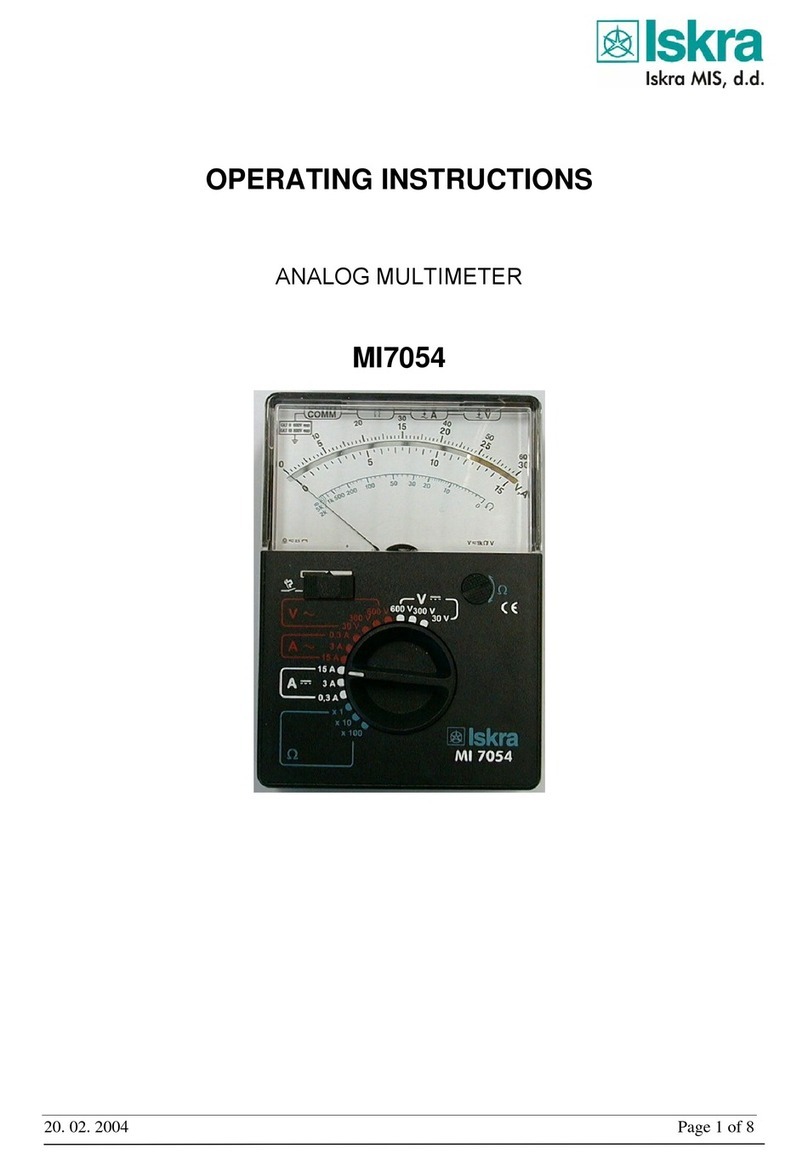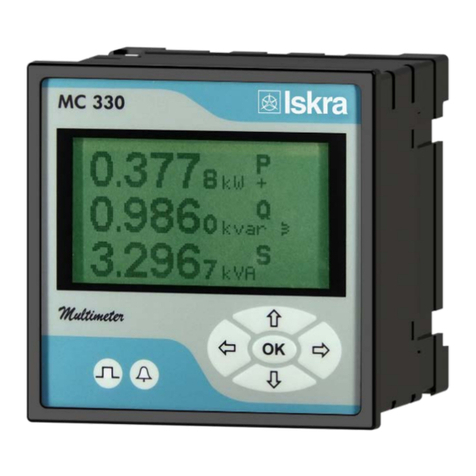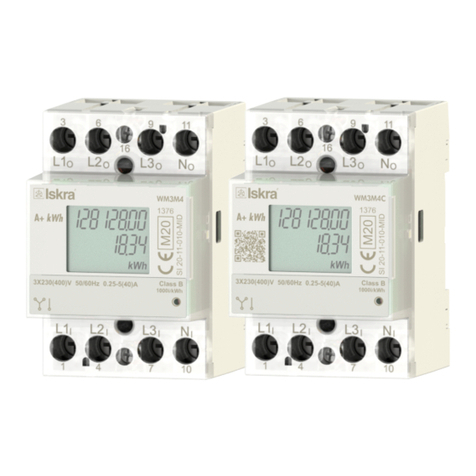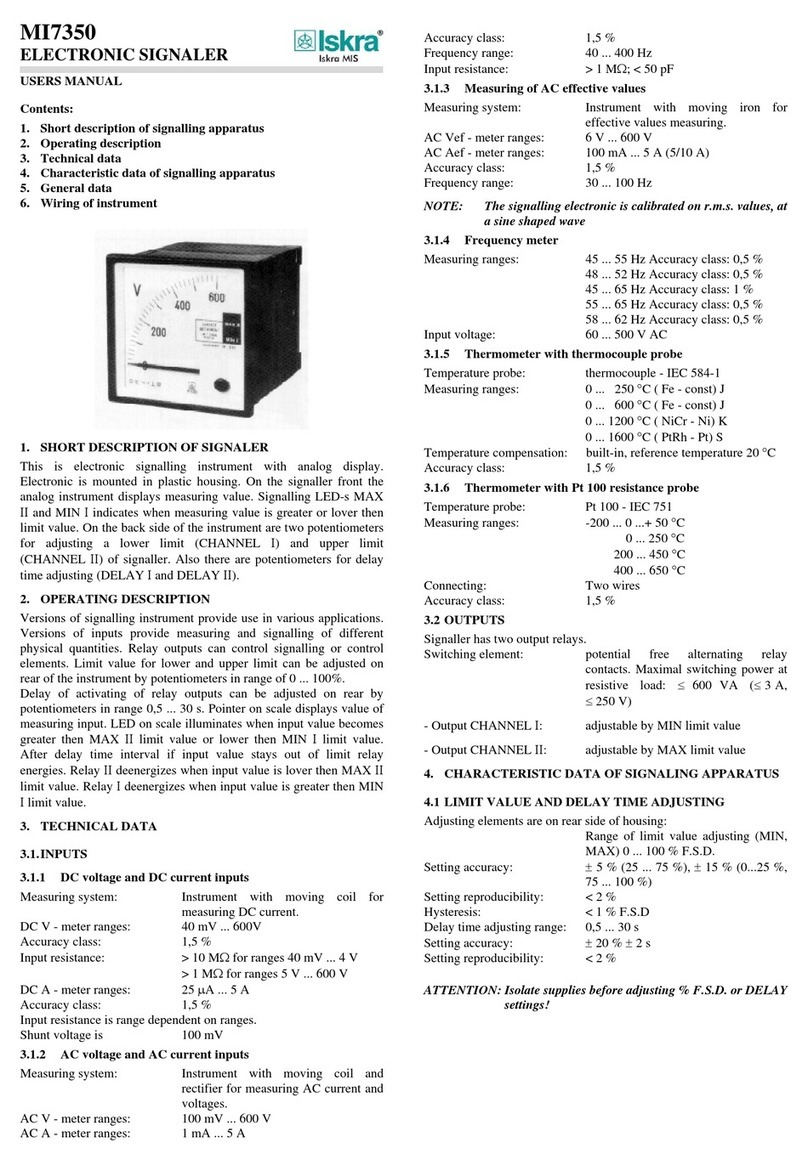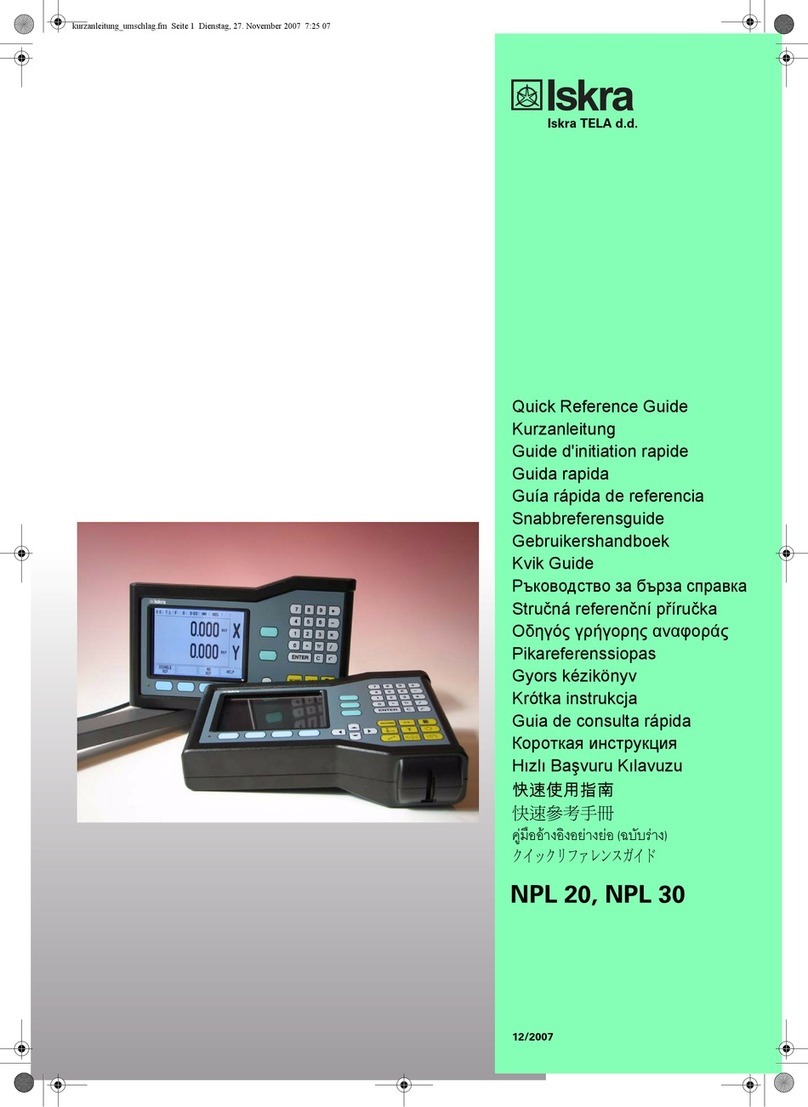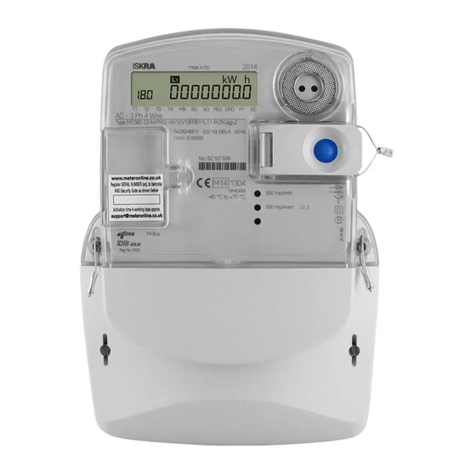
BASIC DESCRIPTION AND OPERATION
1.2 Three-phase energy meters application
Energy meters have built-in optical (IR) communication port on the side as a standard. Special WM-USB
adapter (size 1 DIN module) can easily be attached to it. It can be used for direct communication with a
PC to change settings of devices without any communication installed.
Energy meters could also be connected with iHUB-L1 or Bicom by optical communication (IR).
Optional the meter can be equipped with the following communications:
RS485 serial communication with the MODBUS protocol,
M-BUS serial communication,
Communication modules enables data transmission and thus connection of the measuring places into
the network for the control and management with energy.
Instead of communication modules, there can be also tariff input (option) or built-in pulse output
(option).
Tariff input provides measurement of two tariffs for selected energy registers.
Pulse output is sending data to the devices for checking and monitoring consumed energy.
On the housing there are only two terminals, thus only one functional extension is possible (serial
communication, tariff input, pulse output).
1.3 Main features
Three-phase direct connected DIN-rail mounting meters up to maximum current (Imax) 65 A.
Basic current (Ib) 5 A.
MID approval (option for WM3M6).
Class 1 for active energy according to EN 62053-21 and Baccording to EN 50470-3 .
Class 2 for reactive energy according to EN 62053-23.
Reference frequency 50 Hz and 60 Hz.
Bidirectional energy measurement (import/export).
Reference voltage 3x230 V/400 V ().
Voltage operating range (-20 % ... +15 %).
Pulse output according to EN 62053-31 (option).
Tariff input (option).
RS485 serial communication (option).
M-BUS serial communication (option).
Display LCD 7+1 digit (100 Wh resolution).
Multifunctional front LED.
LED constant 1000 imp/kWh.
Built-in optical (IR) communication port.
Measurement of
opower (active, reactive, apparent) and energy (each phase and total).
oVoltage (each phase).
oCurrent (each phase).
oPhase to phase voltage.
oPhase to phase angle.
oFrequency.
oPower factor (each phase and total).
oPower angle (each phase and total).
oActive tariff (option).
3-DIN rail width mounting according to EN 60715.
Sealable terminal cover.
THD of voltage and THD of current.












